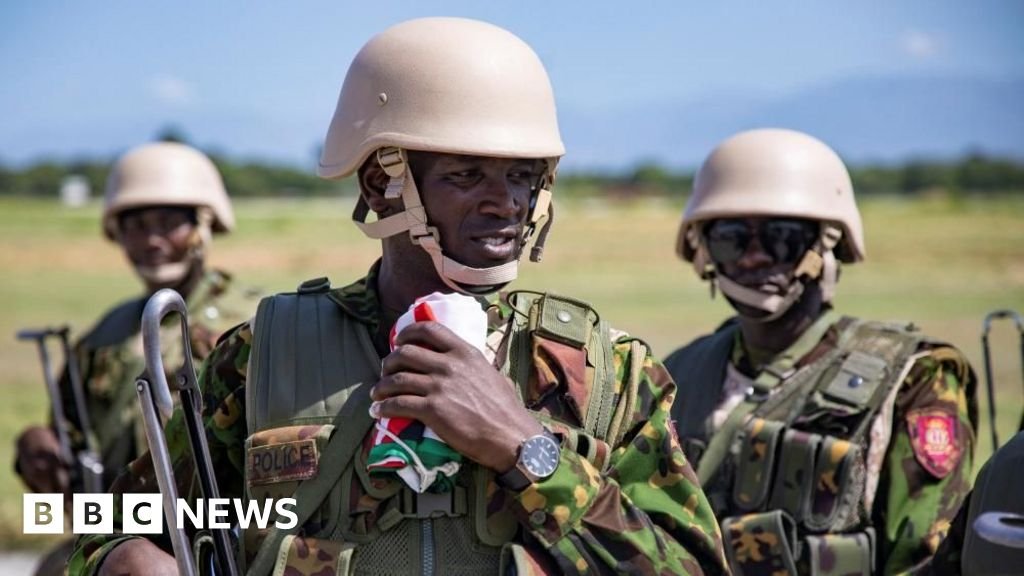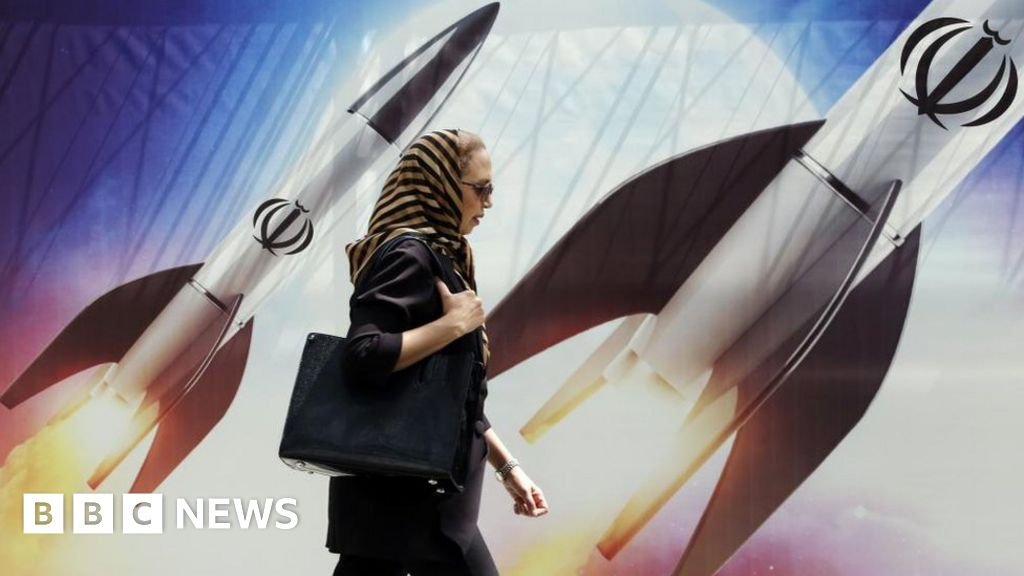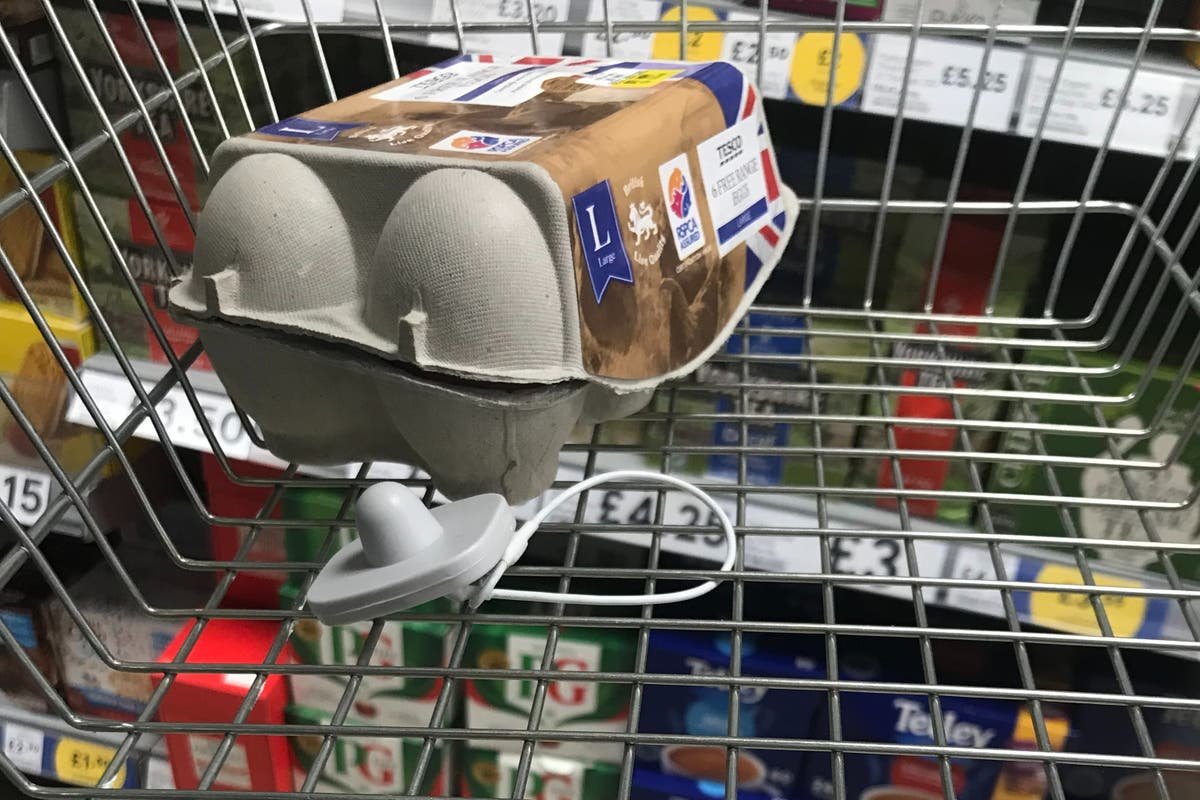When Mohammed al-Lahham and his family returned last week to Khan Younis, their hometown in Gaza, they went back to a city and home scarred by Israeli bombardment. They hoped they would not be forced to flee again.
“The situation here in my city is unbearable, but at least it is better than living in a tent,” said Mr. al-Lahham, a 41-year-old plumber and father of five. “I am finally back in Khan Younis, my hometown, where I know its people and places and streets.”
Those streets, many of them bulldozed, are now rimmed with the rubble of entire buildings after a ground invasion by Israeli forces left the city nearly unrecognizable. The forces withdrew from Khan Younis last month.
Much of Mr. al-Lahham’s home in the center of the city was destroyed, but the family has been trying to re-establish its life in the one room that remained mostly intact.

“I live in a room in which walls were blown off,” he said. “I put up some blankets I got from the U.N. as curtains to protect us inside.”
More than 630,000 Palestinians have been forced to flee their homes and shelters in and around the southern city of Rafah since Israel began a military offensive on May 6, UNRWA, the primary U.N. agency for Palestinians said on Friday. Before May 6, Rafah, on the border with Egypt, had become home to more than one million Palestinians who fled their homes elsewhere in Gaza seeking a modicum of safety, even as the Israeli military continued to carry out airstrikes on the city. It was one of the last places that had not been invaded by Israeli soldiers.
Now, many Palestinians are seeking shelter in places like the central city of Deir al Balah and Al-Mawasi, a coastal area west of Khan Younis. Both are overcrowded and facing dire conditions, U.N. and aid groups have said.
Israel continues to characterize its offensive in and around Rafah as a “limited operation” against Hamas, the armed group that led the Oct. 7 attack on Israel. The seizure of the Gaza side of the Rafah border crossing with Egypt, intensified airstrikes and artillery, and an expanding ground invasion into parts of Rafah have forced about half the Palestinians living and seeking shelter there to flee.
Satellite imagery suggested that a significant incursion was already underway.
On Thursday, Israel said it would send more forces to Rafah, signaling that it intended to attack deeper into Rafah despite international concerns about the threat to civilians posed by a full-scale invasion of the city.
In the north, Israeli attacks and new military evacuation orders displaced more than 160,000 people from several areas around Gaza City, according to UNRWA.
“Forced displacement continues in the #GazaStrip,” UNRWA posted on social media this week, adding that “about 20% of #Gaza’s population have been displaced again in the past week Families keep fleeing where they can — including to rubble & sand dunes — in search of safety. But there’s no such thing in Gaza.”
Beyond the displacement, the Israeli offensive and fighting between Israeli forces and Hamas have prevented nearly all aid from entering Gaza through the two main border crossings, and has impeded the little aid that has reached Gaza from being distributed, according to the U.N. and other aid groups.
That has forced families like the al-Lahhams to fend almost entirely for themselves.
On Thursday, Mr. al-Lahham stood in line with two of his sons to fill cans with water from a large tank brought in by a charity.
Even though Mr. al-Lahham said he was shot in his right shoulder by an Israeli armed drone, a wound that has yet to heal because the bullet is still inside, he knew he needed to get drinking water for his family.
“I sometimes try to carry heavy things with my left arm, like gallons of water,” he said. “You can see how I move it painfully, and this will affect my work as a plumber.”
While the water on Thursday was free, nothing else in the battered city was.
Even charging his cellphone at a street vendor cost him a few shekels. And with nearly no aid and limited commercial goods coming into Gaza, prices in the markets have increased more.
Mr. al-Lahham and his family are terrified they might be forced to flee again if the Israeli Army re-invades their city. If it does, they plan to go to al-Mawasi. He just didn’t know how they would get there.
He had to borrow nearly $100 to pay for a van to bring his family to Khan Younis from Rafah.
“I don’t know where I could get any money to take us and our belongings if anything bad happened,” he said. “Why is all of this suffering still going on?”










